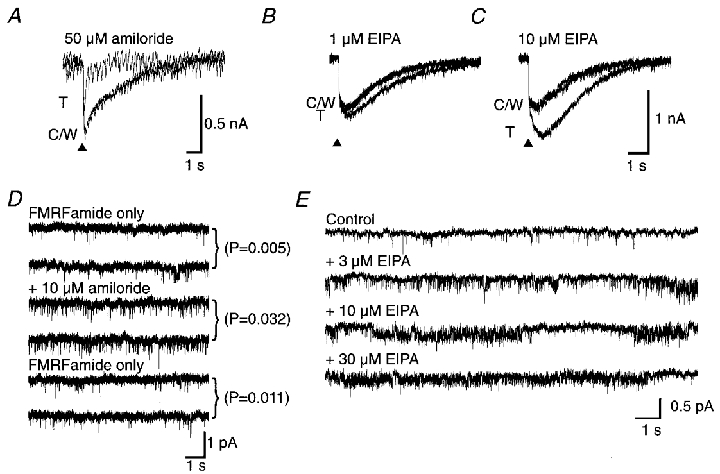Figure 8. The effect of amiloride analogues on the neuronal responses to FMRFamide.

A, the inward current FMRFamide response was blocked by 50 μM amiloride. The superimposed recordings show a control response (C), the test response in the presence of amiloride (T) and the response after washing (W). B and C, enhancement of whole-cell current responses to pressure-applied 300 μM FMRFamide (▴) by 1 and 10 μM EIPA, respectively. C and W indicate the control and wash traces, respectively, and T is the response in the presence of EIPA. D, unlike the whole-neurone response, an enhancing effect of amiloride was observed on unitary currents activated by 10 μM FMRFamide in a patch from the LSN neurone at a holding potential of -100 mV. Two frames are shown for the initial control activity with 10 μM FMRFamide only, the activity in the combined presence of 10 μM FMRFamide and 10 μM amiloride and the final activity after removing the amiloride. Popen was reversibly increased in the presence of amiloride. E, unitary currents activated by 10 μM FMRFamide recorded in a patch from the LSN neurone in the presence of 0, 3, 10 or 30 μM EIPA. Enhancement and blockade are seen. The holding potential was -100 mV throughout.
